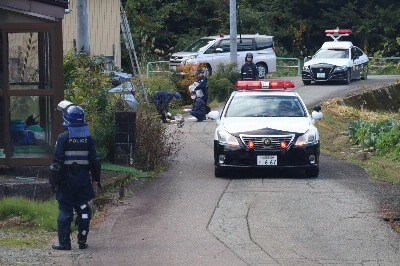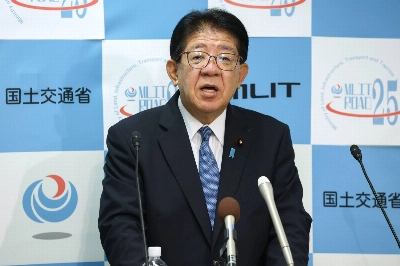The amount of plankton found in waters around Miyake Island, a volcanic island 180 km south of Tokyo, increased by 20 percent to 30 percent a year after volcanic eruptions began there in summer 2000, a research team said Monday.
The researchers, mainly from the University of Tokyo and Tokai University, believe that ammonia from volcanic gas that dissolved into the seawater provided nutrition for phytoplankton.
"Similar phenomena may be occurring near other volcanoes," said Mitsuo Uematsu, a professor of environmental chemistry at the Ocean Research Institute of the University of Tokyo.
Uematsu is a member of the research team.
The volcanic eruptions on Miyake Island prompted the evacuation of all its residents. The volcano there remains active and continues to spew volcanic gas, mainly sulfur dioxide.
The team sent an unmanned vessel in May 2001 to Hachijo Island, 290 km south of Tokyo, to collect air samples from the eruptions, and the vessel passed under volcanic smoke near Miyake Island on its way.
The researchers say the samples collected contain sulfur dioxide, ammonia gas and particles formed by chemical reactions from the two substances.
Mitsuhiro Toratani, an assistant professor of satellite oceanography at Tokai University, studied data from U.S. observation satellites to investigate the influence of ammonia on phytoplankton in the region.
Ammonia contains nitrogen, which is essential for plant growth.

















With your current subscription plan you can comment on stories. However, before writing your first comment, please create a display name in the Profile section of your subscriber account page.